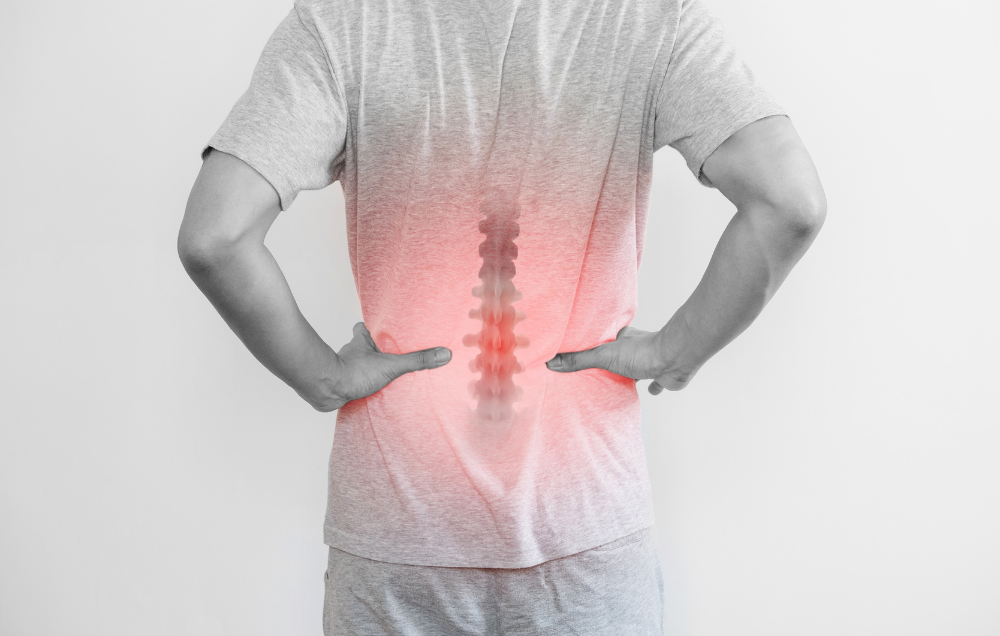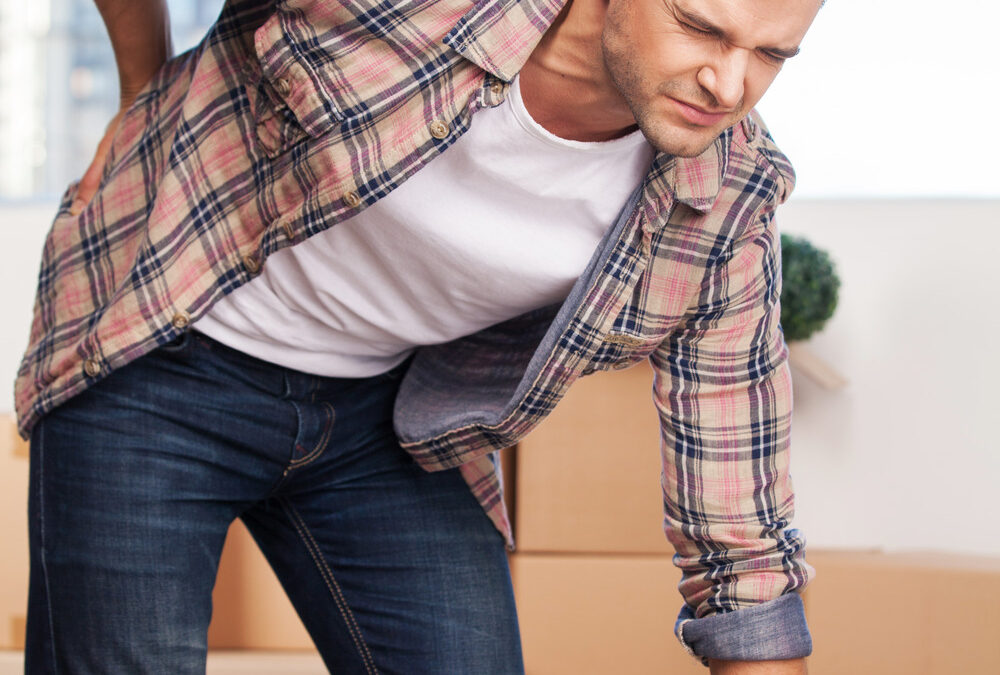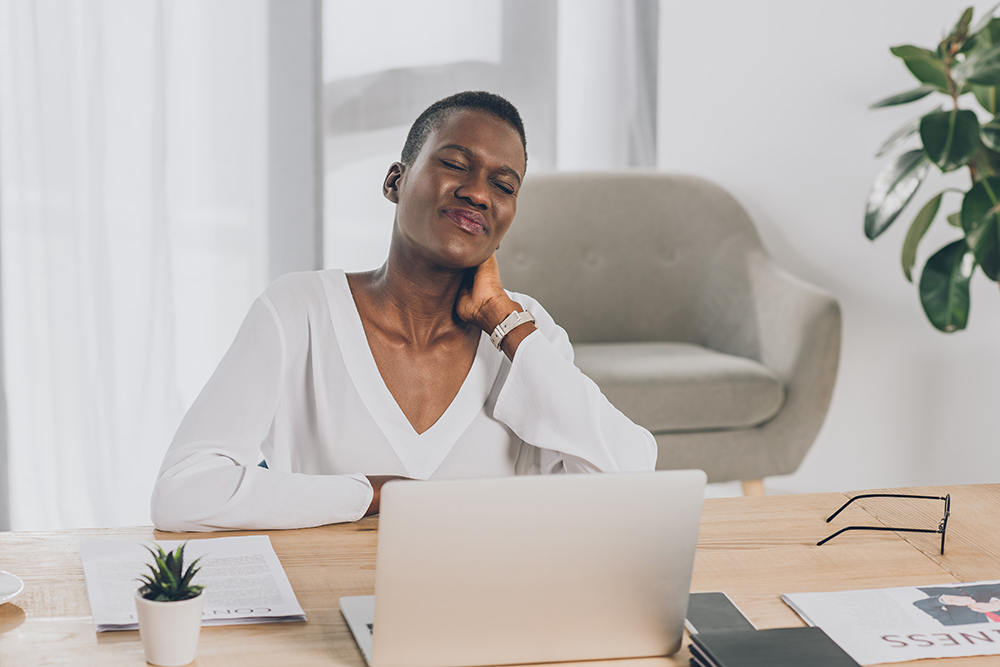Contents
Back pain and restless sleep can turn into a vicious cycle that leaves you feeling sore, exhausted and irritable. Tight and achy back muscles make it hard to get enough sleep, which causes more tension and stiffness. Soon you may find yourself feeling drained at all times of the day and night. Stabilizing your core, your head and your knees with plenty of support will help cut down on stress and movement that may be keeping you restless.
When you’re not feeling physically well, it’s easier to become depressed or irritable. Everything from your moods and relationships to your work performance can suffer. You may not realize it if you’re sleeping in awkward positions. A physical therapist can help you troubleshoot your sleep issues and find solutions to ease discomfort at night.
Try to find a bit more stability during the night with these three tried-and-true sleeping positions. Keep reading to the end for some tips on perfecting your sleep environment and hygiene.
3 sleeping positions that can relieve back pain
The most ideal sleeping position to reduce back pain is on your side with your hips stacked. Your legs should be parallel and slightly curled. But your comfort is important for the best quality sleep, too, and this position doesn’t work for everyone. The positions listed here include some ways you can adapt them to find what’s most comfortable for you.
There are a couple of “don’ts” you should avoid in your sleeping position. First, when sleeping on your side, beware of crossing your upper leg over the lower one. This causes twisting and pressure on your spine, which can cause pain in your lower back and hips. The second thing you should avoid is sleeping flat on your stomach. Without support, this can strain your neck and the lower part of your spine.
Your mattress and pillow can definitely contribute to back pain, which we’ll get to in a moment. Try these three modified sleeping positions to create more stability so you can fall asleep faster and enjoy more restful sleep:
-
On your side
If you sleep on your side, bend your knees slightly toward your chest and put a pillow between your knees. Some side-sleepers like to use a full-length body pillow for even more support. This helps align your spine, pelvis and hips, reducing pressure and tension. Avoid curving your body too much in this position. This can restrict your lungs from breathing deeply and cause back pain, especially for those with osteoarthritis.
-
On your back
If you sleep on your back, you may need some extra support to keep your head, neck and spine in a neutral position. Start by trying a medium-firm pillow made of memory foam, down alternative or other lightweight fibers. Some may need a bit more or less firmness. You may need a pillow that doesn’t taper at the edges to provide more support for your neck.
The curve of your spine still needs support, even when you’re flat on your back. You can place a pillow under your knees to relax your spine and support your lower back. For even more support, fold up a towel or small throw blanket to put under the small of your back.
-
On your stomach — with support
Sleeping on your stomach can help with snoring and sleep apnea. However, this position puts more stress on your neck and back than others. Twisting your neck and collapsing your spine backward can cause a lot of pain in the morning. Try experimenting with some other sleeping positions if possible. If you need to sleep on your back, try placing a pillow under your hips and lower stomach for spinal support.
Create a comfortable and supportive sleeping environment
Whatever position you prefer to sleep in, your mattress, pillow and environment can make a big difference. Some people can sleep almost anywhere, but in that case, you may not be as aware of issues causing pressure and tension. For most people, a medium-firm mattress with ergonomic standards should provide the best balance of comfort and support. Be sure to replace your mattress or pillow when they’re worn out.
Noise, light and a partner with restless sleep can be disruptive, too. You can try playing white or brown noise to drown out snores or background noise. You can also find earplugs that only block out certain types of noise so you won’t miss your alarm. An eye mask or opaque curtains can be helpful for blocking out light.
Practice good sleep hygiene
You can work with your physical therapist over time to determine what makes your back pain and sleep issues worse — and what you can do to find some relief. After a stressful day, or when your pain is aggravated, you may need to focus on relaxation before going to bed. Ask your physical therapist about techniques like meditation, yoga nidra, progressive muscle relaxation, soft music and soothing scents like lavender. If you snore heavily or have sleep apnea, it’s important to work with your doctor to find solutions that help you sleep soundly.
Creating a bedtime routine and sticking to it will cue your brain and body that it’s time to sleep. Try not to use backlit screens or bright lights an hour before bedtime. Some people like to do some gentle yin yoga or read a bit before going to bed. Ask your doctor or physical therapist about supplements you can add to your routine to help you sleep better.
Get help with back pain from sleep issues at Lattimore PT
Over time, trouble with sleep worsens your overall health. Your body and your mind need rest to function at their highest capacity. If poor sleep and the pain that comes with it are affecting your moods and energy level during the day, consider talking with your physical therapist. PTs are health experts who provide individualized help with all kinds of musculoskeletal issues. Sleep hygiene is an integral part of a holistic wellness regimen.
Don’t have a PT you love working with? At Lattimore Physical Therapy, we have experienced and friendly therapists with availability for new patients. Contact our team today for more information or to schedule an initial appointment.



